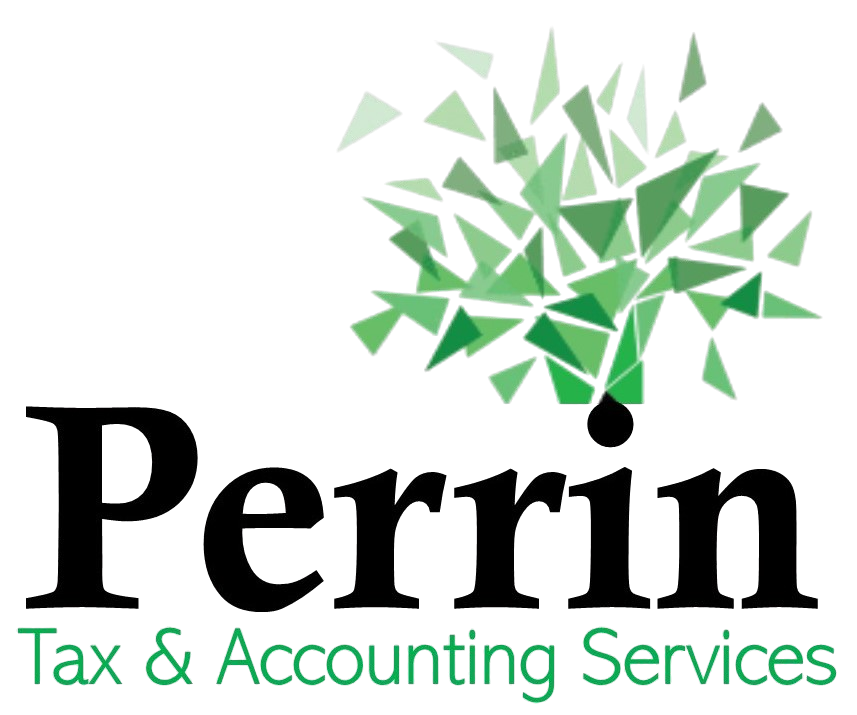
The 1031 Exchange, also known as the like-kind exchange, is a powerful tool in the arsenal of savvy real estate investors. In its essence, this provision, under the IRS code, allows investors to defer paying capital gains taxes on an investment property when it's sold, as long as another "like-kind property" is purchased with the profit gained by the sale of the first property.
What is a 1031 Exchange?
The term "1031 Exchange" is defined under section 1031 of the IRS code. Essentially, it provides an exception and allows you to postpone paying tax on the gain if you reinvest the proceeds in similar property as part of a qualifying like-kind exchange. Gain deferred in a like-kind exchange under section 1031 is essentially tax-free growth.
The concept behind the 1031 Exchange is that since you're merely exchanging one property for another, you aren't really gaining anything new or making a profit, so you shouldn't need to pay tax on a transaction. Of course, there are specific rules and processes to follow to make sure this transaction falls under the 1031 Exchange rules.
Which Property Transactions are Allowed?
The IRS stipulates that the properties involved in the transaction must be "like-kind" to qualify for a 1031 Exchange. This is a broad term which means that the property being sold and the property being acquired must both be similar in scope and use. The good news for real estate investors is that most properties will be like-kind to each other as long as they are held for productive use in a trade, business, or for investment. This includes residential rental properties, commercial properties, industrial properties, and land. However, properties used primarily for personal use, like a primary residence or a second home, do not qualify.
Navigating the 1031 Exchange
To navigate a successful 1031 Exchange, several important rules and requirements need to be adhered to:
The Same Taxpayer Rule - The tax return, and the name on the title of the property being sold, must be the same as the tax return and the title holder that buys the new property.
The 45-Day Identification Window - From the day the sold property's sale closes, the seller has 45 days to identify potential replacement properties. The properties must be clearly described in a written document and signed by the taxpayer, then delivered to the seller.
The 180-Day Purchase Rule - The new property must be purchased within 180 days of the sale of the old property or by the due date of the individual's tax return for the taxable year in which the relinquished property was transferred, whichever is earlier.
The Exchange Must Be Of Equal Or Greater Value - To completely avoid paying any taxes at the time of the exchange, the new property must be of equal or greater value. Also, all the proceeds from the sale must be used to acquire the new property.
Qualified Intermediary Requirement - A qualified intermediary (QI), also known as a 1031 exchange accommodator, must be used to facilitate a 1031 exchange. The QI holds the sale proceeds from the old property and then uses them to buy the new property for the investor.
Savvy Real Estate Investing with 1031 Exchange
The 1031 Exchange is a smart tool for real estate investors looking to grow their portfolios. It promotes continuity in investment and business activity by allowing investors to reinvest the proceeds from a sale into new investment properties. They can continue to make their money work for them, without losing momentum due to capital gains taxes.
One strategy real estate investors may use is to trade up their properties using the 1031 Exchange. This means continuously deferring their capital gains taxes while moving their investments from smaller, potentially less profitable properties to larger, more lucrative ones. Over time, this method could lead to a substantial portfolio of high-yielding properties, all stemming from the profits of that first sale, and made more efficient by deferring capital gains tax.
Another clever tactic is to leverage the 1031 Exchange for diversification. For instance, if an investor holds multiple properties in one city or state and identifies a promising opportunity in a different location, the investor could sell off a portion of their current holdings and use the 1031 Exchange to acquire the new properties, thereby spreading risk across geographical locations without incurring immediate capital gains tax.
Investors nearing retirement can utilize a 1031 Exchange to shift their investment strategy. They could exchange high-maintenance properties, like multi-family or commercial properties, for lower-maintenance ones, such as triple-net-lease properties, without the tax obligation. This allows a transition into a more passive investment style suitable for retirement, again, without the capital gains tax burden.
The Importance of Professional Advice
While the 1031 Exchange presents significant tax advantages and opportunities for growth, the rules governing its implementation are intricate and require careful navigation. Mistakes in executing a 1031 Exchange can lead to the disqualification of the entire transaction, turning what was meant to be a tax-deferred exchange into a taxable event.
This is why it's crucial to consult with your CPA, who is knowledgeable about 1031 Exchanges. They can provide guidance tailored to your specific situation, helping ensure the transaction goes smoothly, that you adhere to all the guidelines, and that you can reap the full benefits of this powerful investment strategy.
The 1031 Exchange is a powerful instrument in real estate investment, offering opportunities for portfolio growth, diversification, and strategic repositioning, all while deferring capital gains tax. Whether you're a seasoned investor or a newcomer to real estate, understanding and applying the 1031 Exchange could improve your financial gains. With professional guidance from your CPA, you can leverage the 1031 Exchange to achieve your real estate investment objectives while navigating complex tax implications effectively.
